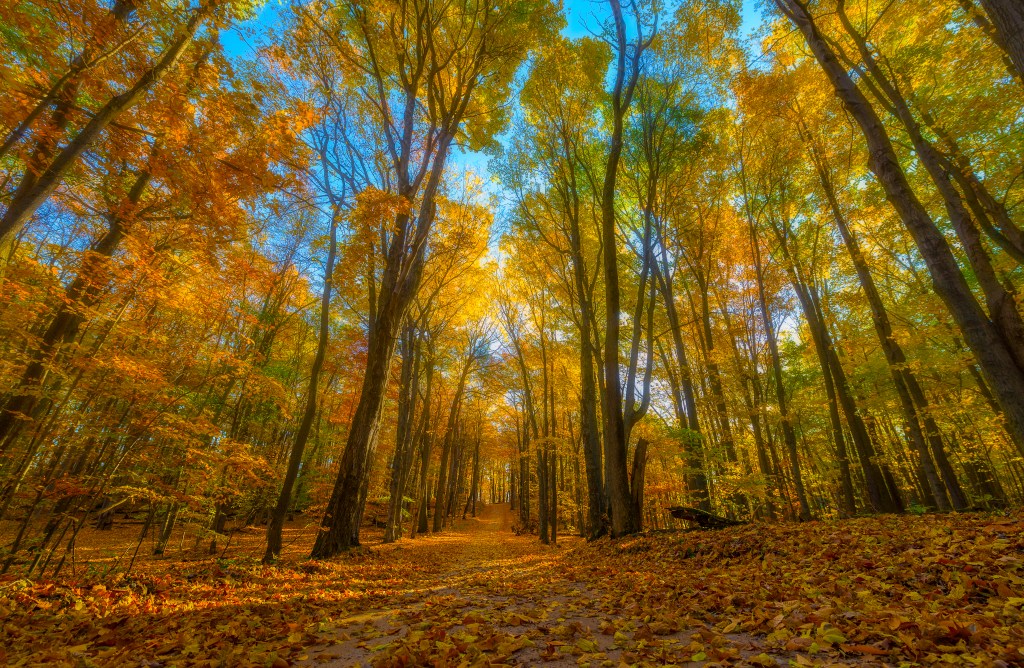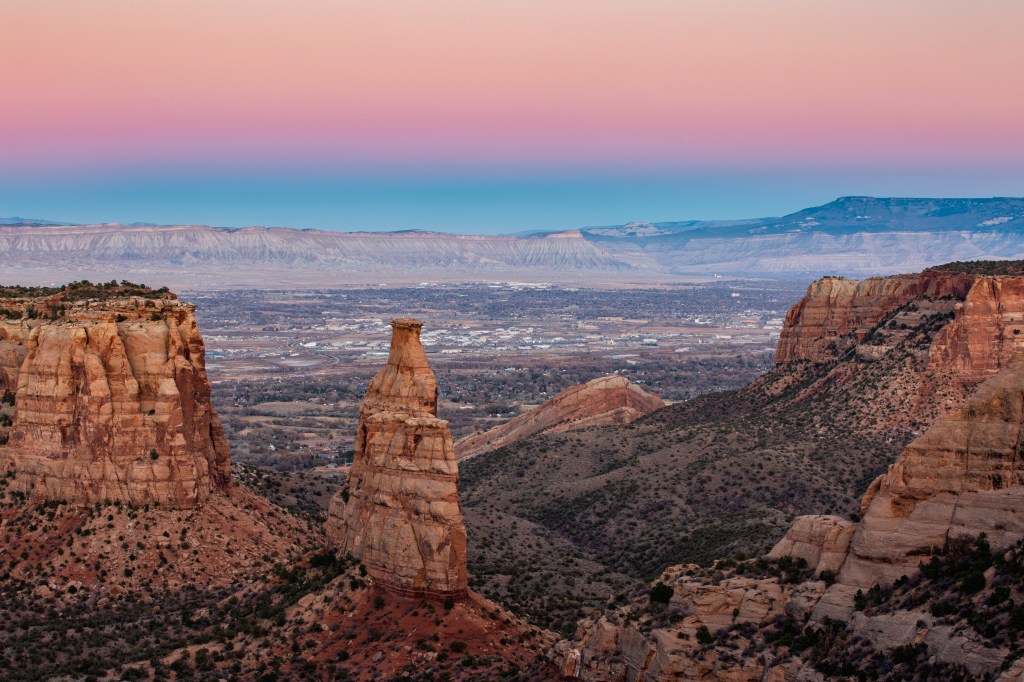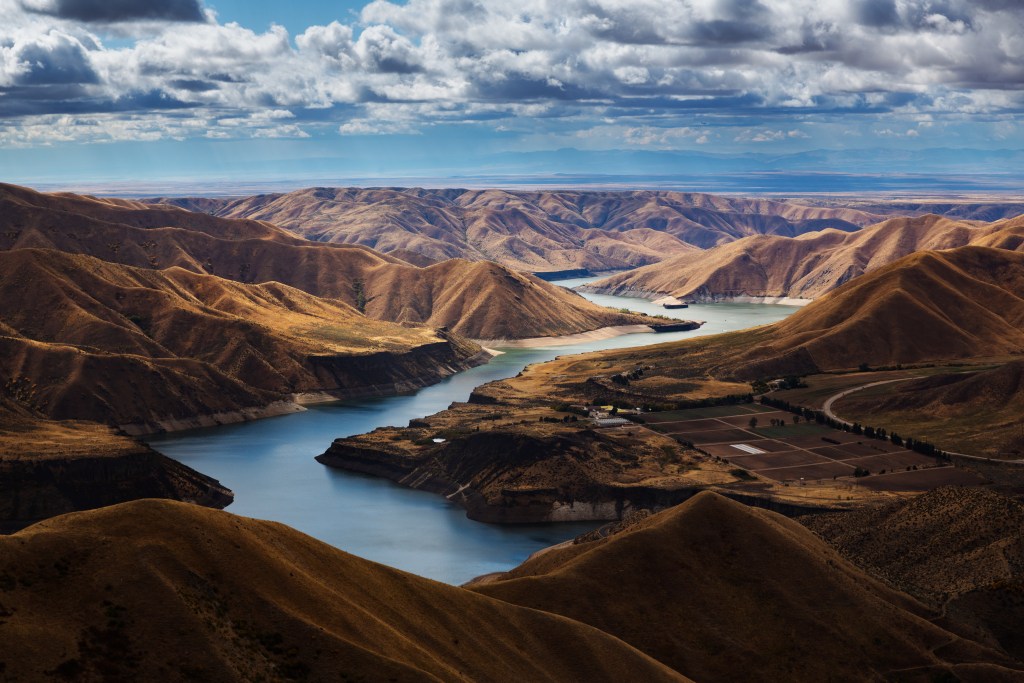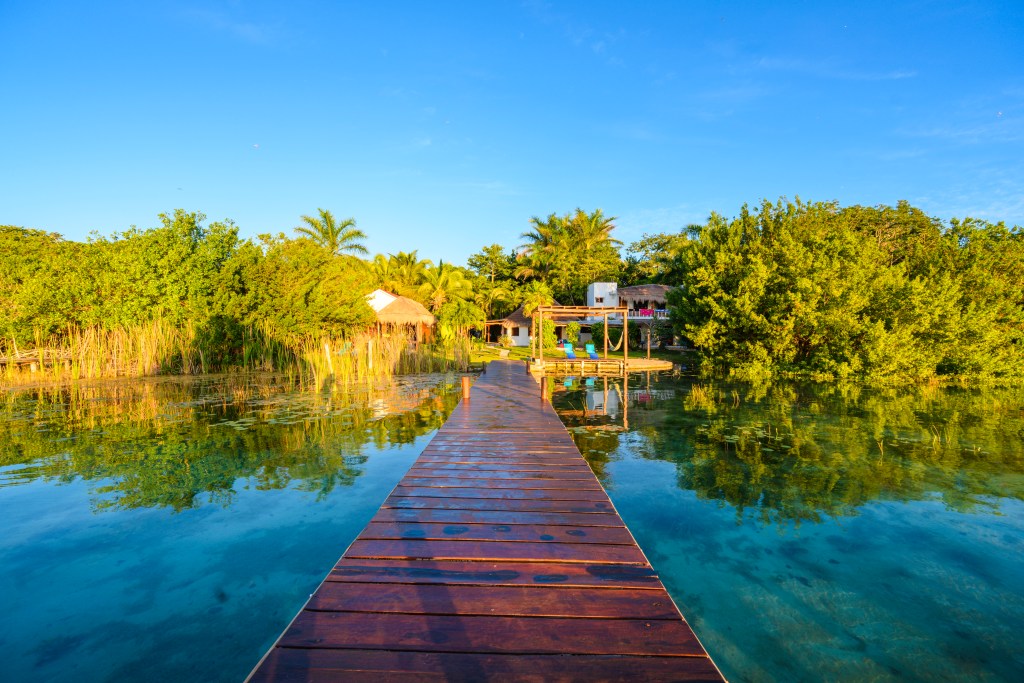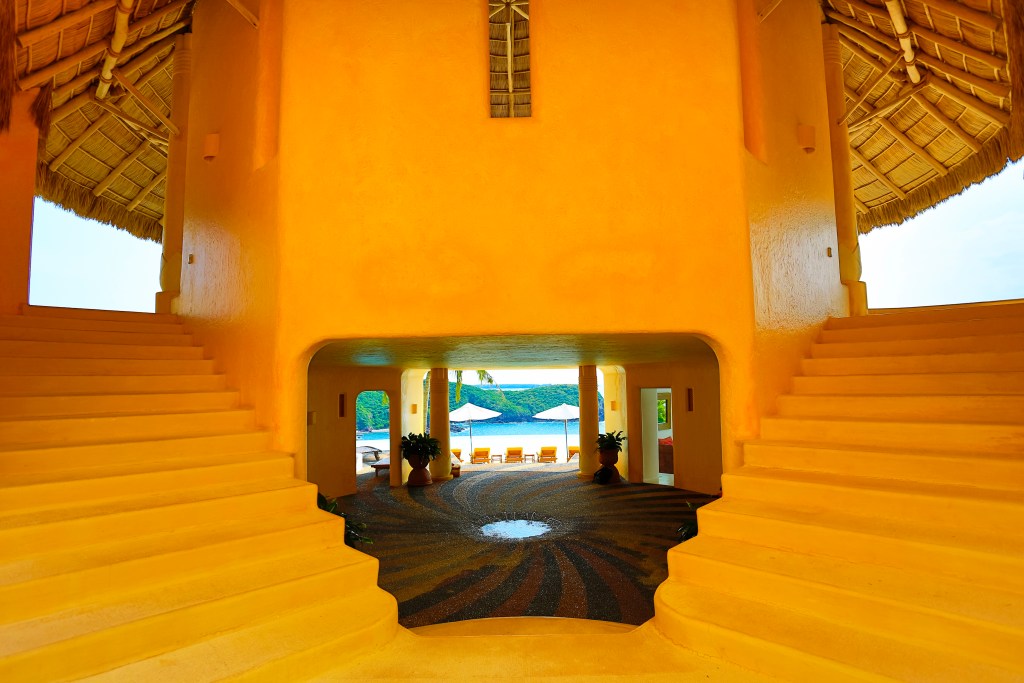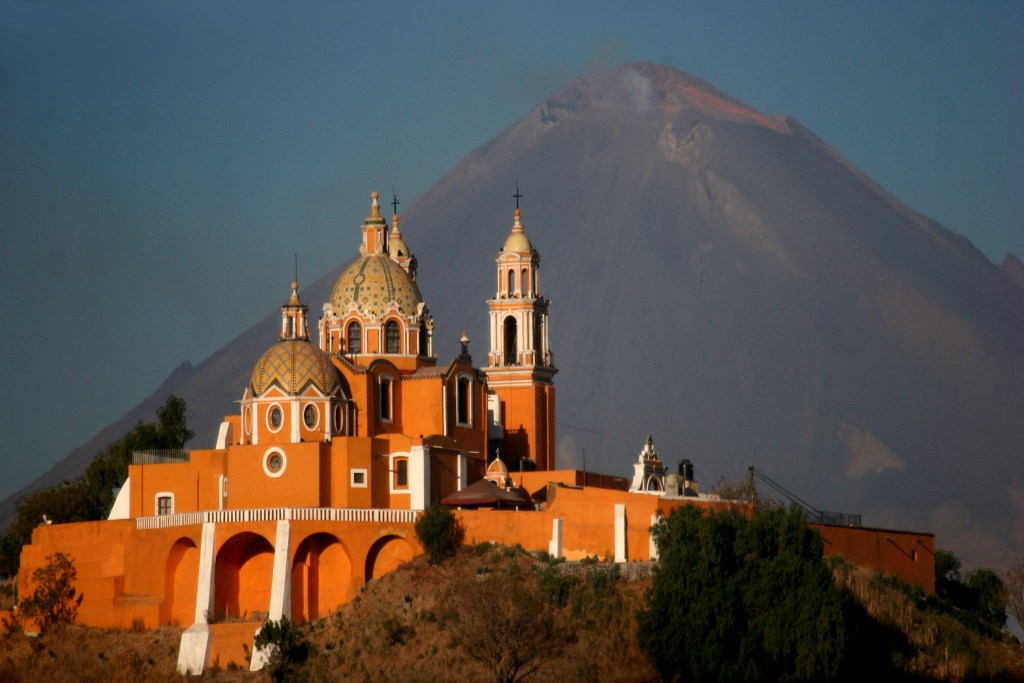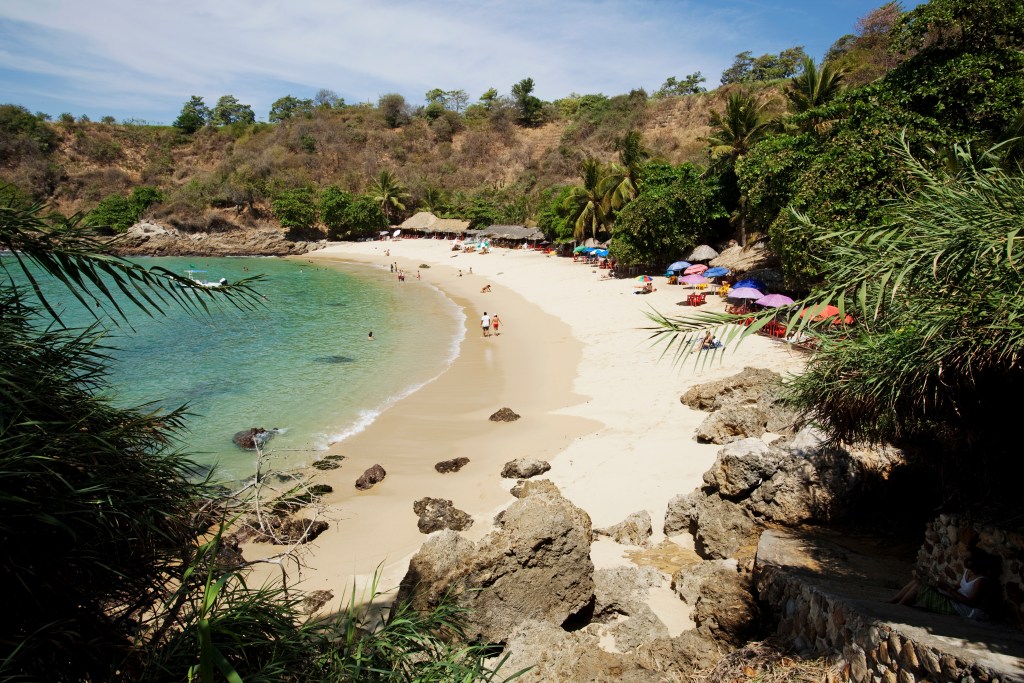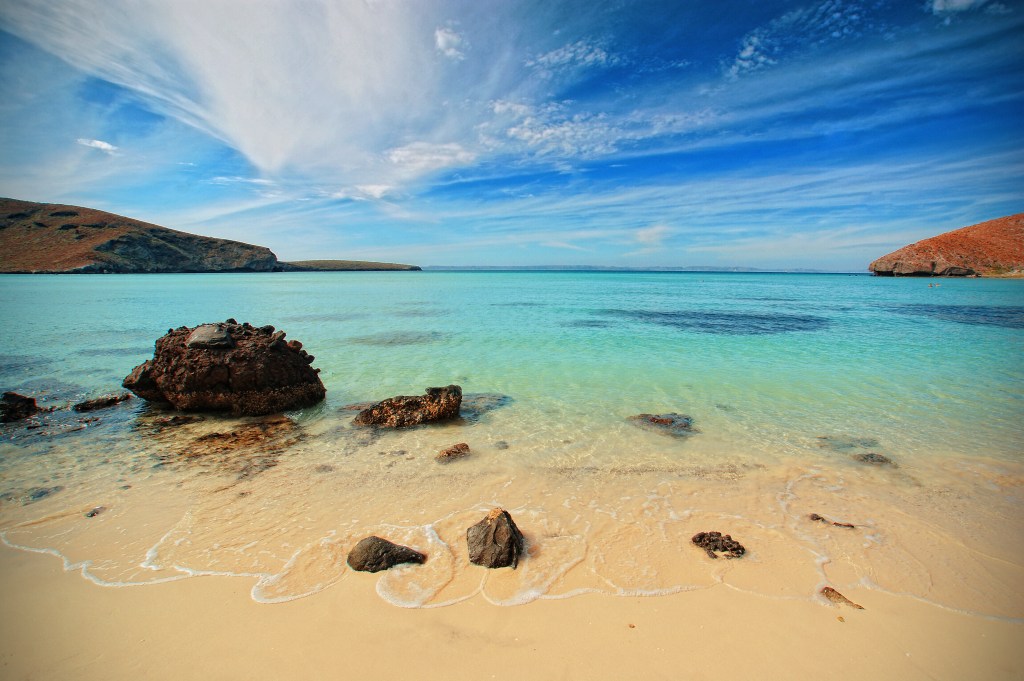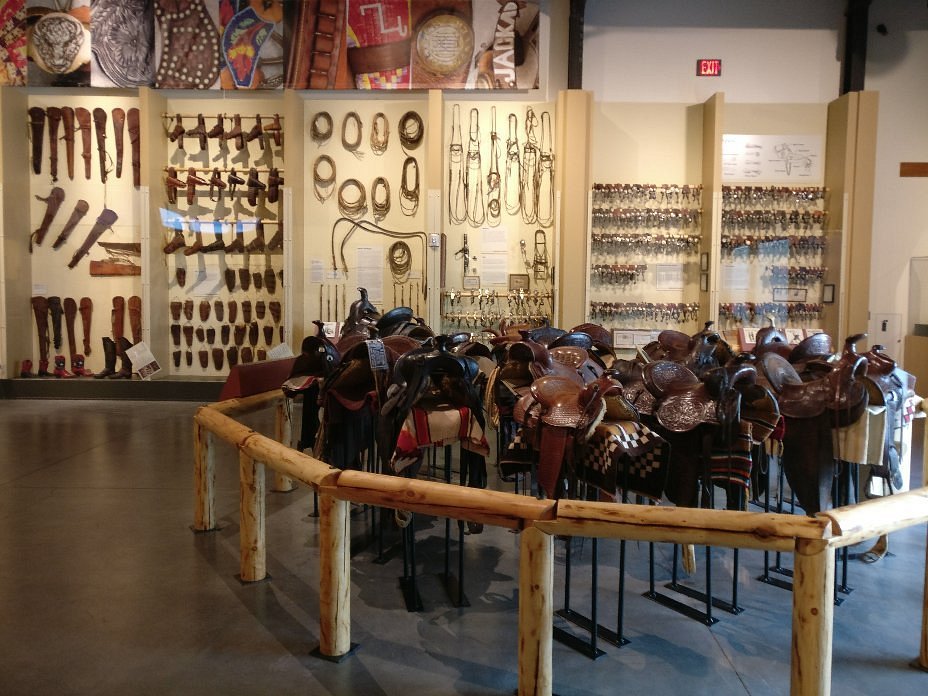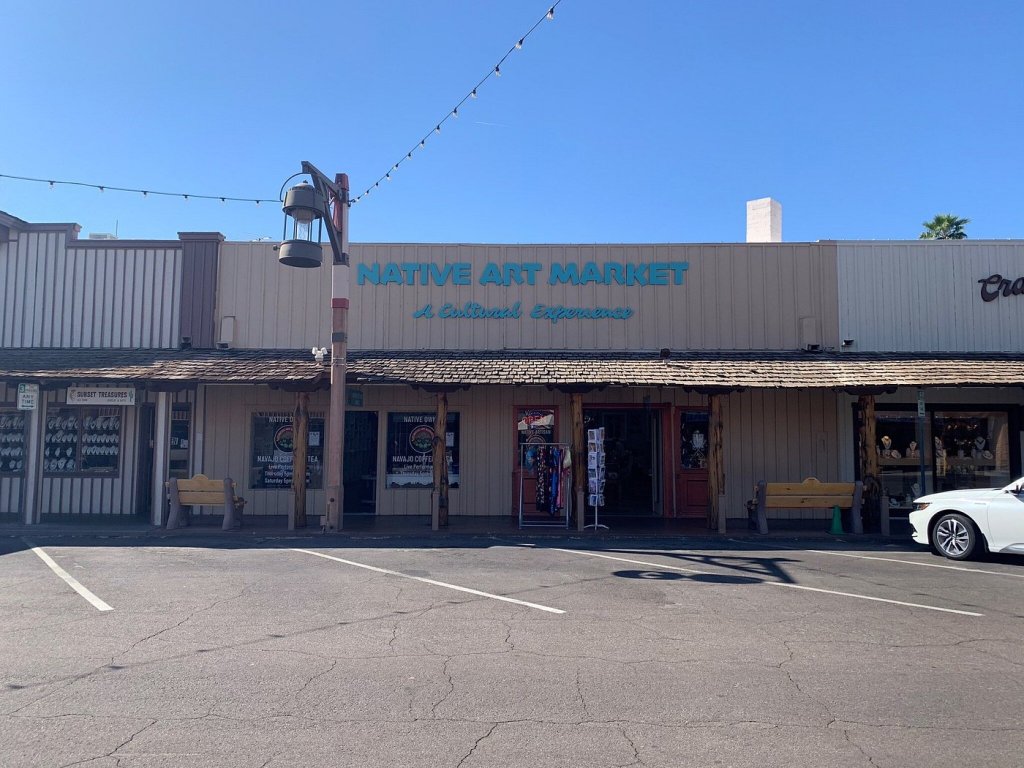I’ve never been on a vessel longer than a few hours.
No multi-day cruises, no yacht charters, no extensive sailing excursions. In fact, I’m a little spooked by open water.
But you wouldn’t guess that based on my obsession with Bravo’s Below Deck. The series first aired in 2013, taking off in subsequent seasons.
Though I was late to the game hearing about the show, I’ve seen every single season—which includes the successful Mediterranean, Australian, Norwegian, and Southeast Asian spinoffs.
In case you’re new to Below Deck, the premise is simple. Filmmakers follow a luxury private yacht crew as they attempt to field the sometimes-insane requests of charter guests. Mishaps inevitably follow, which sometimes cuts into the final tip amount.
Each season is filmed over the course of a six-week private charter season, which gives the crew plenty of time to get to know one another. Drama inevitably ensues.
The show’s setting is its own special character, too. Below Deck’s list of Caribbean ports is the stuff of dreams, highlighting just how diverse and breathtaking the region is.
Even if you can’t manage to book a private, ultra-luxury charter, you can still plan a visit to swim in the same waters the Below Deck crew knows well. Below, I’m listing out every Caribbean Below Deck location, along with how you can get out on the water in each.
While most hourly boat rentals aren’t cheap, they’re a lot more affordable than the private yacht charters you’ve seen on the show.
6 Caribbean locations from Below Deck & how to get out on the water
Season 1 & Season 5: St. Martin
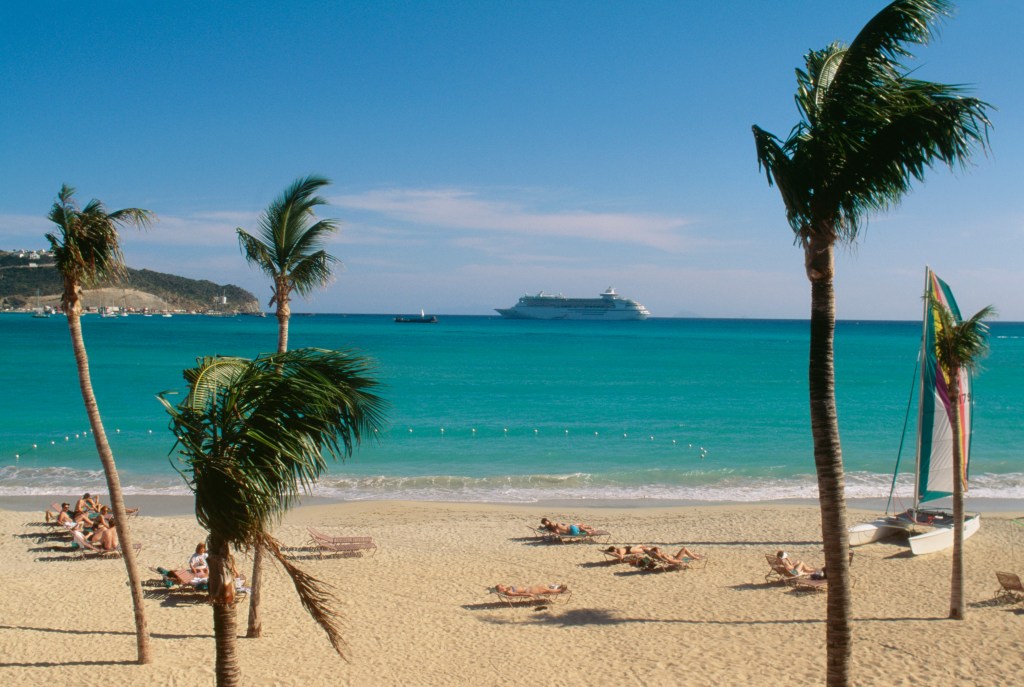
Fun geography lesson: the island of St. Martin is divided between Dutch and French overseas territories. The French call it Saint-Martin and the Dutch call it Sint Maarten; I’m going with the English spelling of St. Martin. Now onto the fun stuff.
You can rent a range of boats for day trips, hourly charters, and more. The most popular ports for chartering a boat are Anse Marcel and Marigot, so try to focus your stay around the marinas.
That being said, St. Martin is tiny. You can drive across the island in two hours—it’s only 35 miles long.
Season 2: British Virgin Islands (BVI)
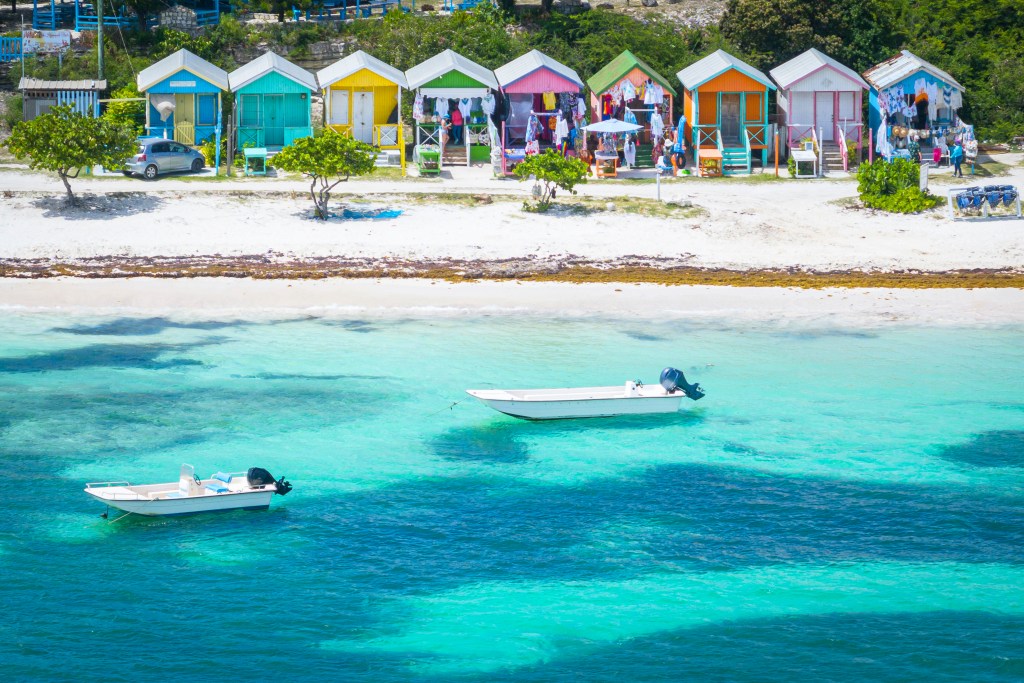
Much larger than St. Martin and already hugely popular for yachters, the British Virgin Islands let you get out on the water however you see fit.
In fact, some parts of the 60-island chain, including Anegada, are only accessible by boat. However, you can find plenty of boat rental options in larger spots like Tortola and Virgin Gorda.
I recommend looking at the most popular rentals on TripAdvisor—they’re by far the most financially accessible options in the BVI.
Season 3: Bahamas
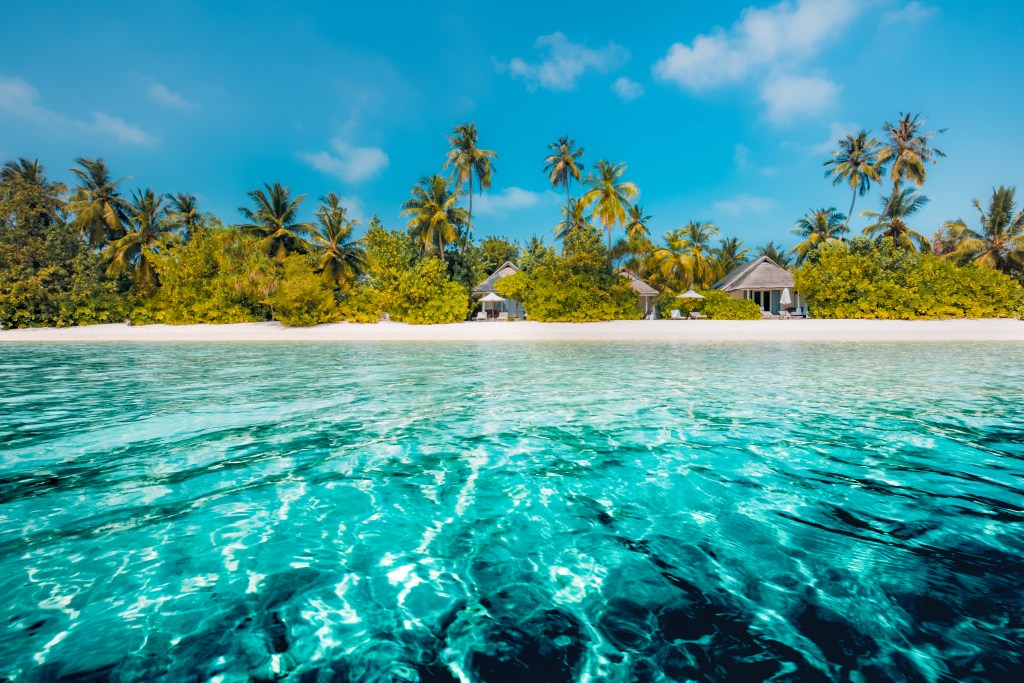
The Bahamas is the nearest and cheapest option for getting out on those turquoise Caribbean waters.
Not only are flights more manageable for most Americans (head to Nassau), but hourly rentals are smaller and more agile than on other islands. That means you can jump around to different locations in a single day, take advantage of calm weather, and bundle in other opportunities like snorkeling.
I recommend finding a private charter on GetMyBoat (also listed for St. Martin) or on TripAdvisor.
Season 4: US Virgin Islands (USVI)
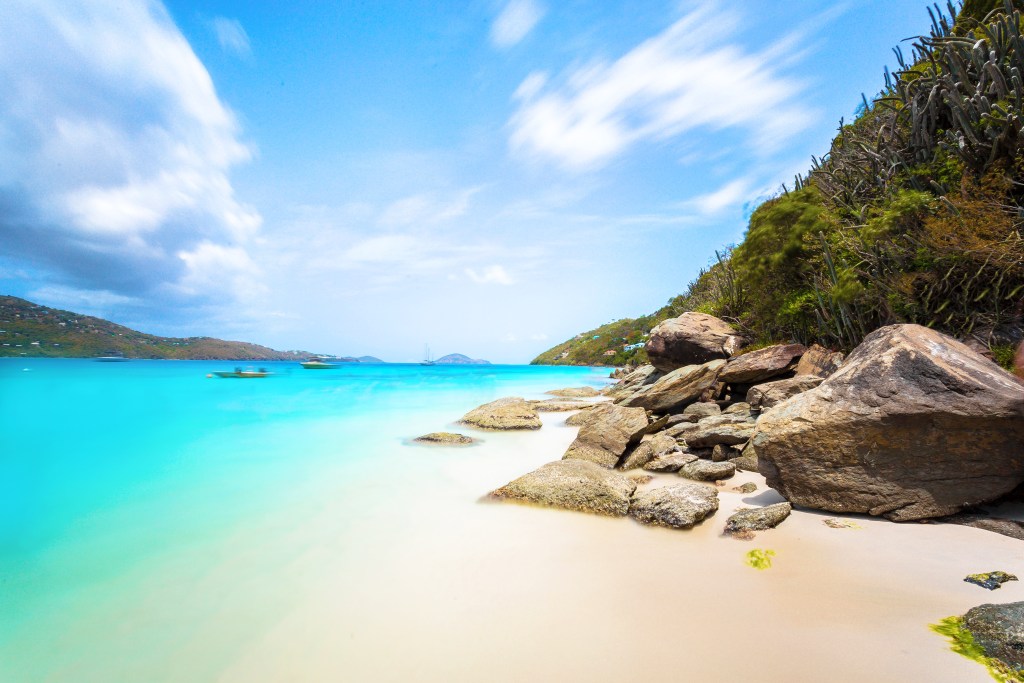
Though BVI and the US Virgin Islands are often discussed together, they’re very different in certain respects.
More rugged and remote, BVI is usually more popular for yachting and sailing fans. By contrast, USVI is home to traditional resorts for a relaxing tropical vacation. That being said, you can get out on the water any day of the week in St. Thomas, St. Croix, and St. John.
St. Thomas is known for its high-class marinas, home to lanes of ultra-lux yachts. That makes it easier to charter a private boat in St. Thomas, but you can also do so from other islands.
Season 8: Antigua
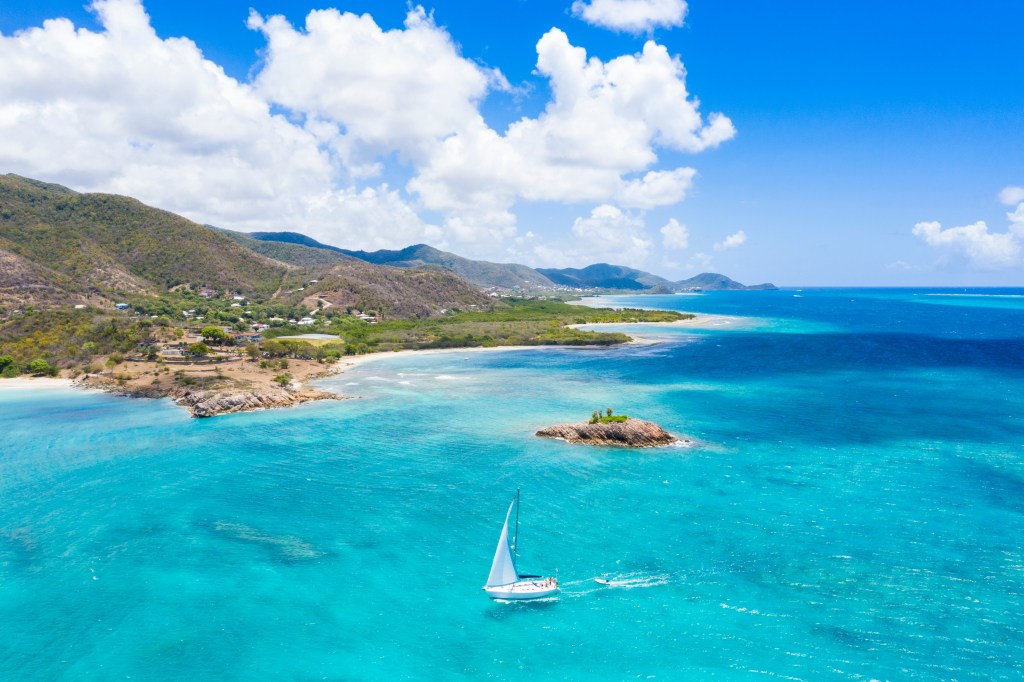
Antigua is the larger and more populated island of Antigua and Barbuda. It’s home to dozens of beaches, many of which include marinas and docks with vessels open for charter. I like Antigua because all those beaches also let you take advantage of other activities, like kayaking in a clear kayak, jet-skiing, and more.
As with other islands, you can choose between chartering a smaller vessel on TripAdvisor or via GetMyBoat. The most popular places to disembark are St. John’s and Jolly Harbour.
Season 9: St. Kitts
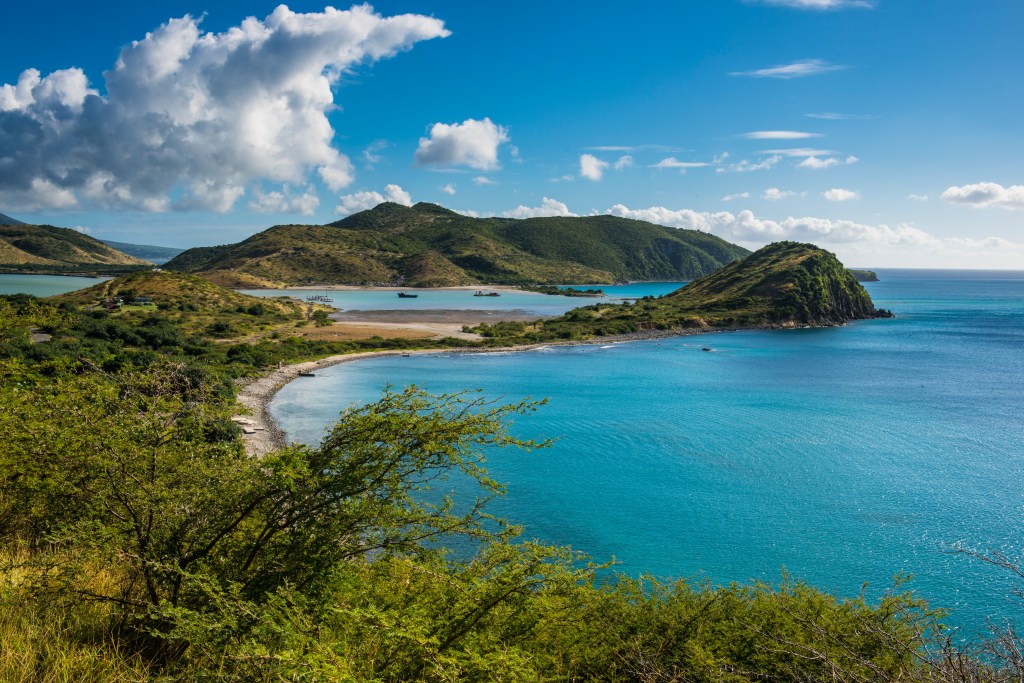
St. Kitts and Nevis is a tiny island that’s home to a famous UNESCO World Heritage Site, the Brimstone Hill Fortress.
But I vote you ignore the history and hit the water. From Basseterre, you can book a range of charter options, from catamaran day cruises to sunset cruises to wakeboarding lessons. That makes St. Kitts perfect for anyone who enjoys water sports.

